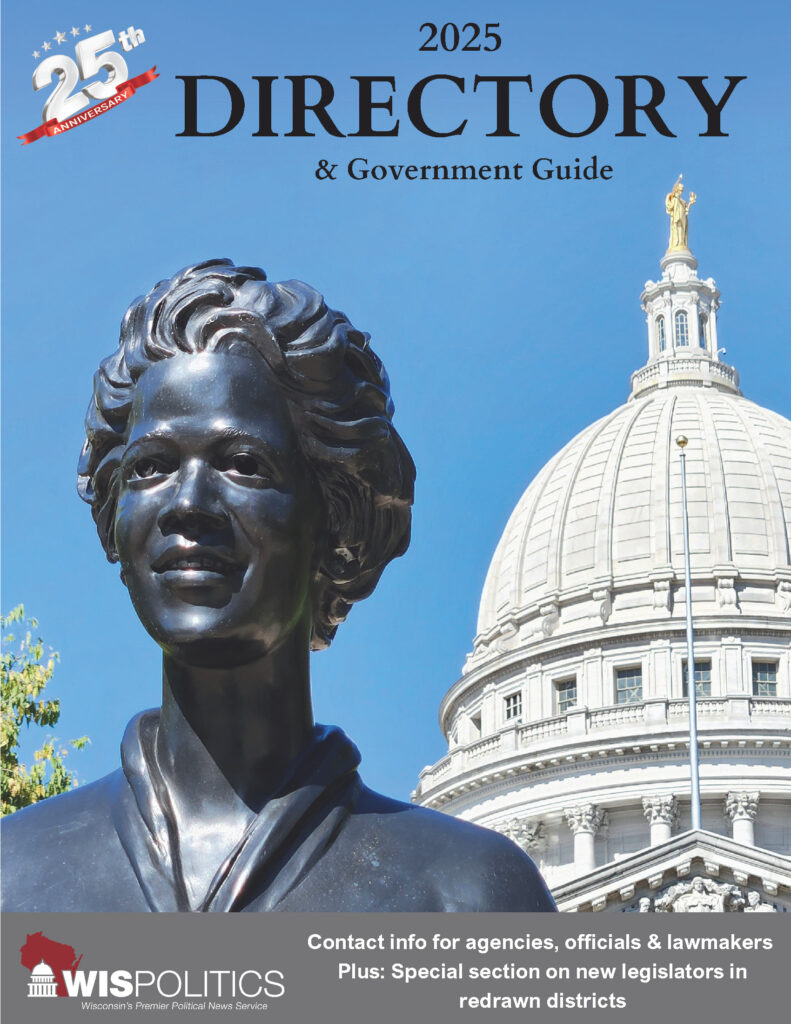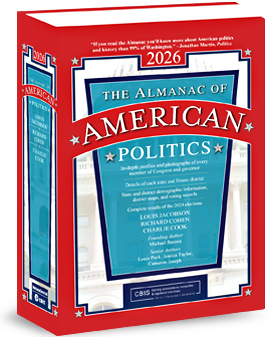Madison – Today, the Governor signed two bills written by Sen. Howard Marklein (R-Spring Green) and Rep. Tony Kurtz (R-Wonewoc) into law. Act 35 and Act 36 will give EMS departments additional tools to address recruitment and retention challenges. “I am pleased that the Governor swiftly signed our two EMS bills into law,” Sen. Marklein said. “These ideas, brought to me by local EMS depar...
Please log in to access subscriber content.
If you don't have a subscription, please contact schmies@wispolitics.com for subscription options on the WisPolitics-State Affairs platform, which is the new home for WisPolitics subscriber products.


